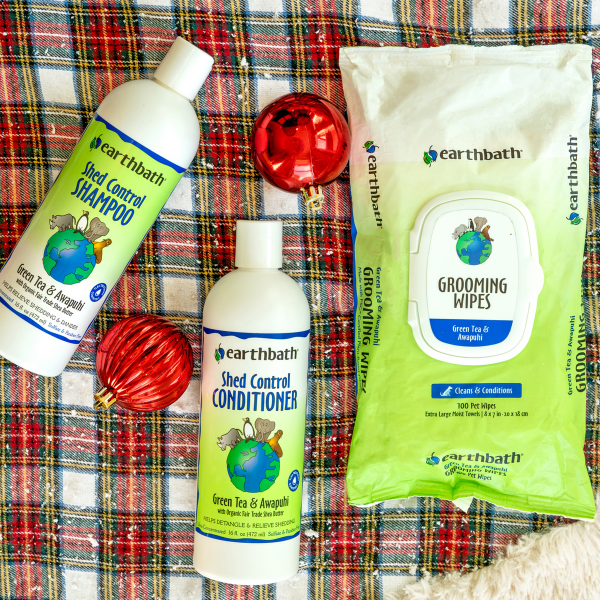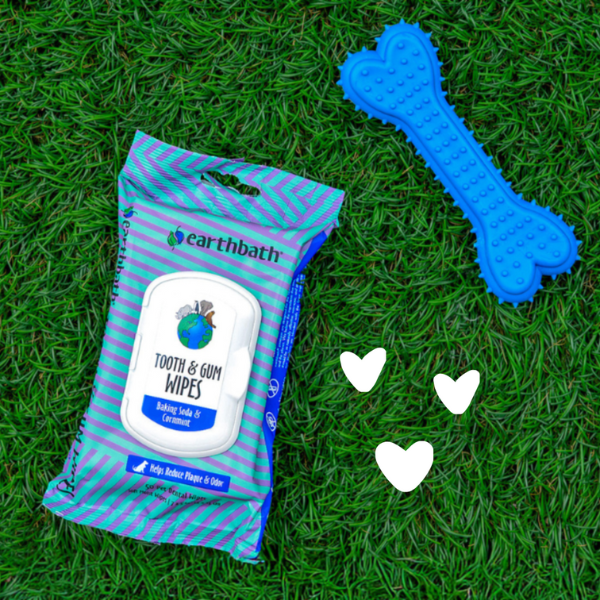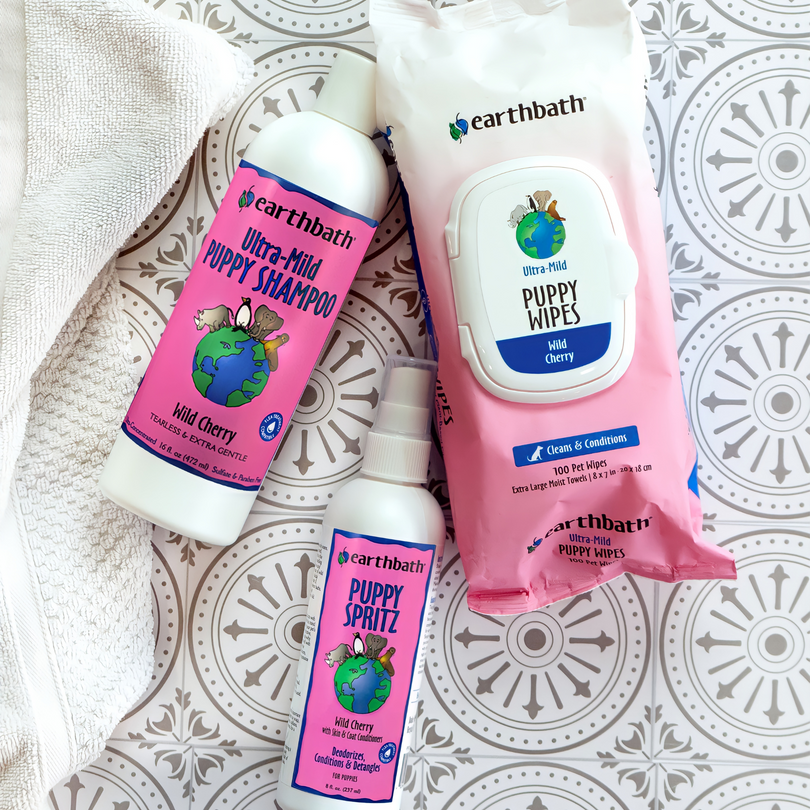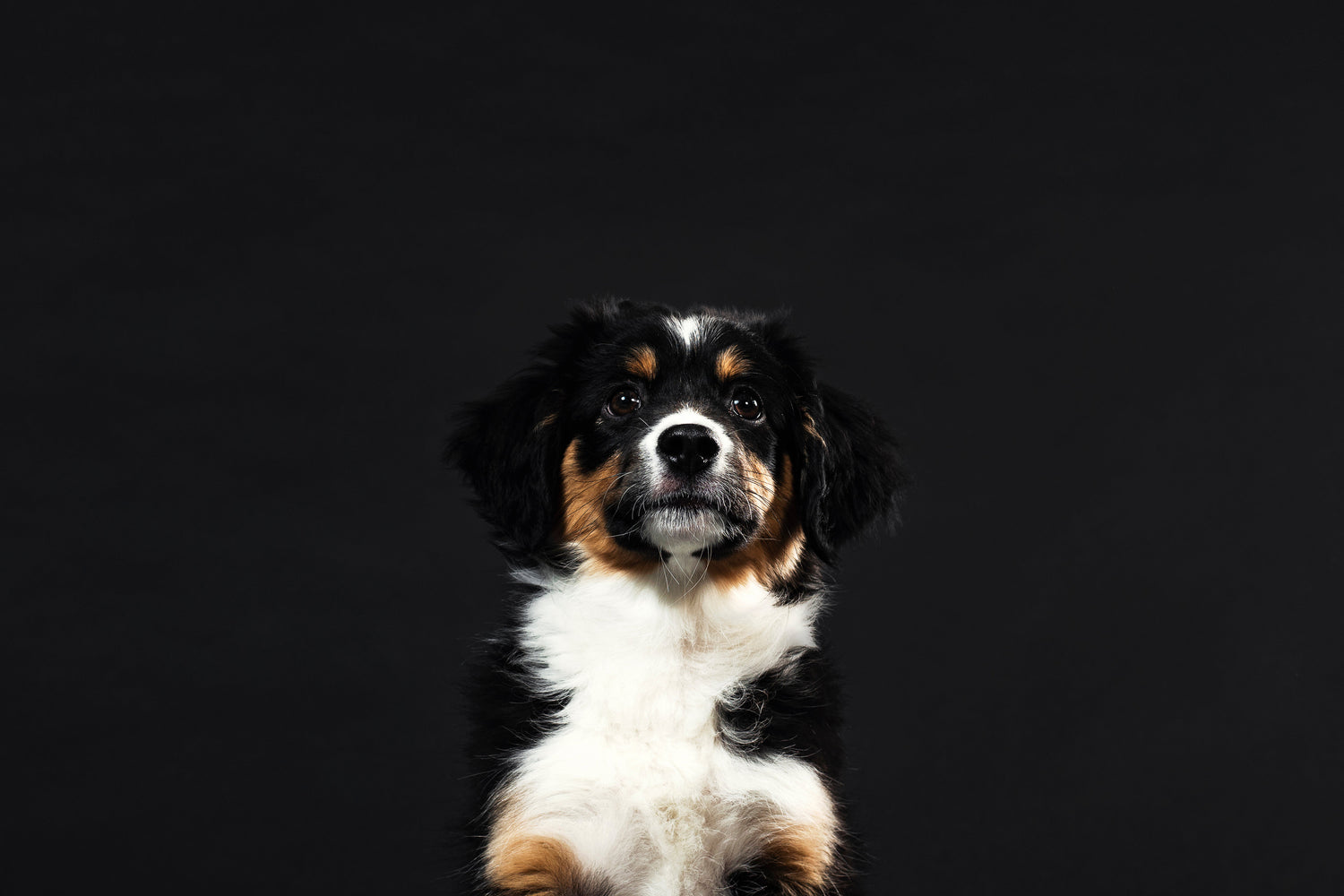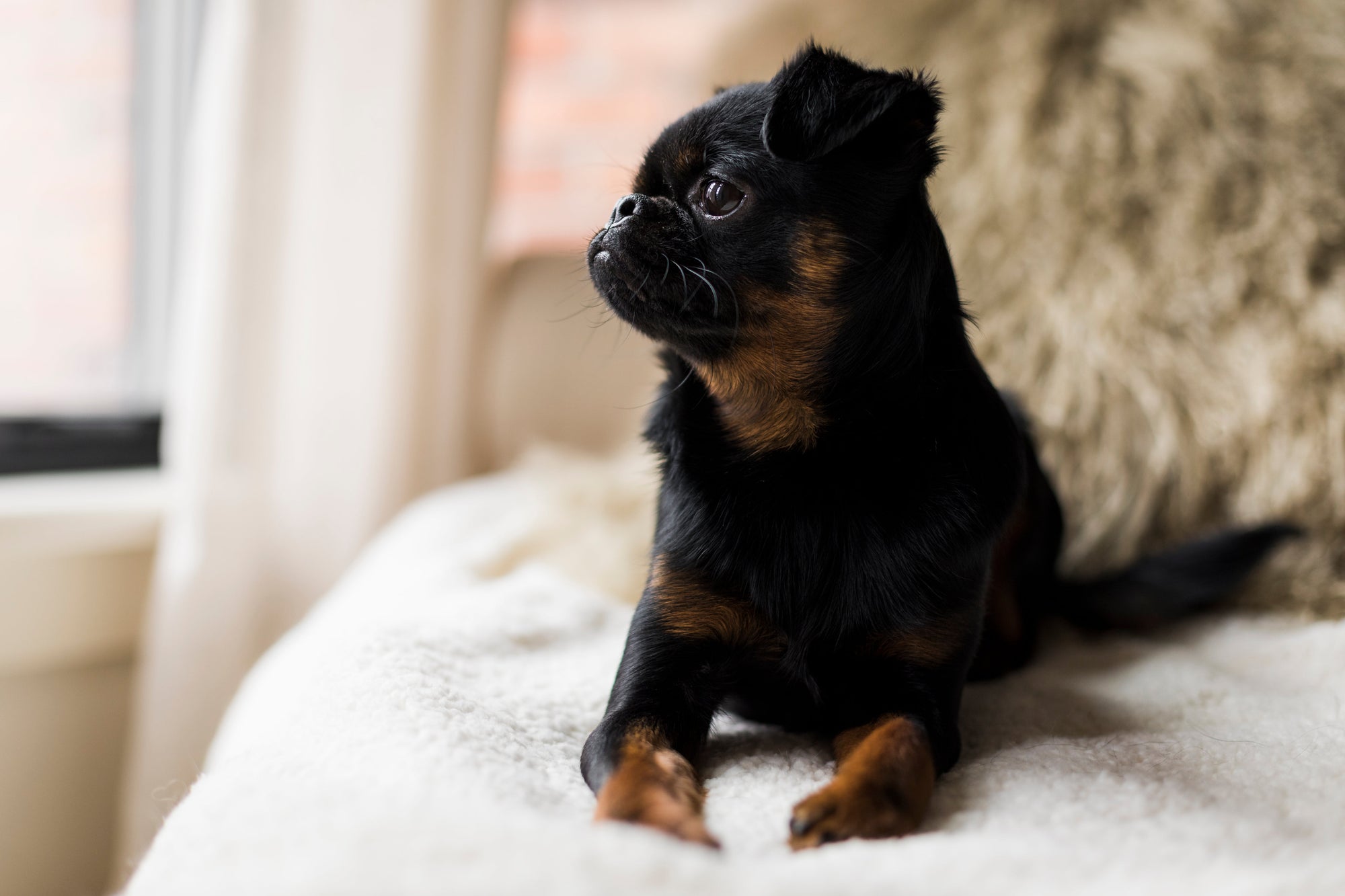Bringing home a new puppy is an enormous task, that’s for sure, and training your new pup encompasses many aspects. In our first Puppy Training 101 blog post we covered basic commands and essential crate, leash and potty training. In this guide we're providing helpful milestones so you can know your training is staying on track those crucial first six months and tips to help you keep up the training beyond that.
Puppy Training Milestone Guide
When is the time to introduce certain types of training? The timing can be just as important as the method. Here is a general schedule to keep you on track.
Eight to Ten Weeks
- Your dog should have a clear routine from the day he is introduced into your home.
- Crate and potty training can begin now.
- Socialization is important from a young age, but make sure to keep your pup safe from places with a lot of traffic if he isn’t up to date with shots.
- Don’t underestimate the importance of alone time, which needs to begin as early as possible. This will greatly reduce the chances of your puppy developing separation anxiety.
- You can also try some basic commands, but start with just one to not overload your pup.
Ten Weeks to Three Months
- Continue with socialization in safe places. Go for a car ride, invite people over or bring dogs who are up to date on their vaccines home for a playdate.
- Teach your dog what is okay to chew and what isn’t. Our No Chew Spray can be a helpful deterrent when puppy's chewing habits are at an all time high. Allow your dog to learn about his bite force and what is the right amount of pressure to apply for chewing, and what is right to not tear the skin.
- More basic commands once he’s mastered the first one
- Continue with alone time
- Teach body handling. Pick your dog up from time to time, play with his paws, and get him to expose his belly to you - body handling is about building trust. You need your dog to be comfortable around you and allow you to do all sorts of things to his body because you will need to during the course of your relationship.
You will need to brush your dog, maybe cut his nails, and examine his skin during his lifetime, and teaching body handling will reduce potential anxiety and aggression during the process with you or with others.
Three to Four Months
- Now is when you can start taking your dog out for walks and socializing with other dogs after the final vaccine booster. The adventure begins here and your dog will get the chance to explore the world.
- You can consider enrolling in puppy classes for both training and social interaction.
- Keep up with basic commands and basic training and build on them with more advanced ones.
- Start leash training.
Four to Six Months
- This is when your dog should have a pretty good grasp of the crate, leash, and potty training.
- Keep up and review everything before this period.
Six Months and Onward
- Now that your dog is pretty well-trained, you can commence with more advanced training such as agility training or service training. Just because your dog is very well-mannered now, it doesn’t mean you should let up on the practice.
- If you have ever heard of puppy regression, it’s when your dog somehow “forgets” all he’s learned. Don’t panic and don’t get frustrated, just patiently review everything you’ve taught him and he will get back to it.
Puppy Training Tips
We have some tips that can make any type of training a lot easier.
Tone of Voice
Dogs don’t speak our language, but they are intuitive enough to read our body language and our tone of voice. High-pitched and loud vocals are often associated with excitement and positivity, which your dog will mirror. Always try to keep your tone of voice even and calm during training.
Treats and Snacks are Your Best Friends
Don’t underestimate the power of some yummy treats. Sometimes a piece of freeze-dried chicken breast makes the difference between a stubborn dog and one that performs the command right away. Treats are also crucial to communicate to your dog what’s good and what’s not with a positive association.
Mind the Energy
Like your tone of voice, dogs are also very sensitive to your energy and what you bring into the training session. The atmosphere is a two-way street, so you also have to make sure your dog’s energy is even and calm. You can ensure this if you exercise him a little beforehand to get rid of pent-up energy (he’ll also listen better).
Practice and Repeat (but not overboard)
Remember that you have to keep at it and repeat the action for your dog to remember it. However, it’s a very fine line between practicing and overloading. You need to give your dog a break if you sense that he is getting frustrated. Frustration will make your dog less receptive and he may even start to resent training.
Be Consistent
Not only should you be consistent in the training and the routine, but you also have to be consistent with the keywords you use and when you give the treat. If you say “no” one day and “stop that” on another, your dog won’t understand that they mean the same thing.
Patience is a Virtue Here
Give your puppy time to respond and to get things right. Just because he doesn’t perform within three seconds of the command word, it doesn’t mean he doesn’t understand or forgot. You need to give your puppy a little bit of time. Chances are, he’s trying to recall what that word means.
Remember that accidents and regression can happen, so don’t get too upset. If a potty oopsie occurs, just clean it up, don’t reward your pup, and try again later.
Conclusion
Puppy training is one of the toughest tasks of bringing a new puppy home. What’s more, is that training never really ends. Your dog will be a part of the family for the duration of his lifetime, so it’s important to build a strong foundation right from the beginning with puppy training the right way as soon as you bring him home. Good luck! We know you can do it!

